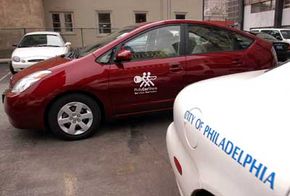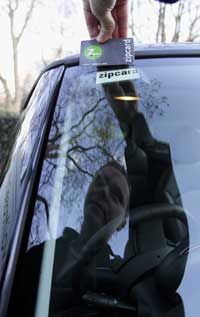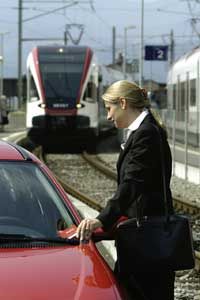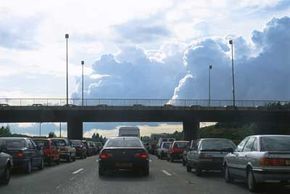If you live, work and play all within the space of a few blocks, walking has probably become your primary mode of transportation. That is, until those rare occasions pop up when walking just won't cut it -- perhaps a necessary trip to serve jury duty or to visit the specialist across town that your general practitioner recommended.
In these situations, you may benefit from car sharing. Car sharing is short-term use of a car that's shared among a group of people. This is commonly coordinated by a company that cares for the car and manages issues like insurance and parking.
Advertisement
Car sharing is not a new idea. The Swiss were the earliest-known pioneers of car sharing. A cooperative called Selbstfahrergemeinschaft, or Sefage for short, was started in Switzerland in 1948. It was difficult for people to afford the cost of cars at the time, so sharing cars made sense.
Car sharing has been around ever since, gaining real popularity in Europe during the 1990s. Canada jumped on the bandwagon in the mid '90s. The U.S. got involved around 2000, about the same time car-sharing companies began to pop up in Asia [source: Shaheen]. Australia also followed suit and adopted the car-sharing craze.
At this time, car sharing exists in hundreds of cities across more than a dozen countries, with more likely to come. Experts predict the trend to continue, especially with gas prices, pollution, traffic congestion and a lack of convenient, cheap parking all on the rise. Currently, an estimated 348,000 people worldwide are members of car-sharing organizations. Collectively, they drive close to 12,000 cars, although those numbers are growing every day [source: Shaheen].
Now that we know so many people are sharing cars, let's find out how they do it on the next page.
Advertisement



